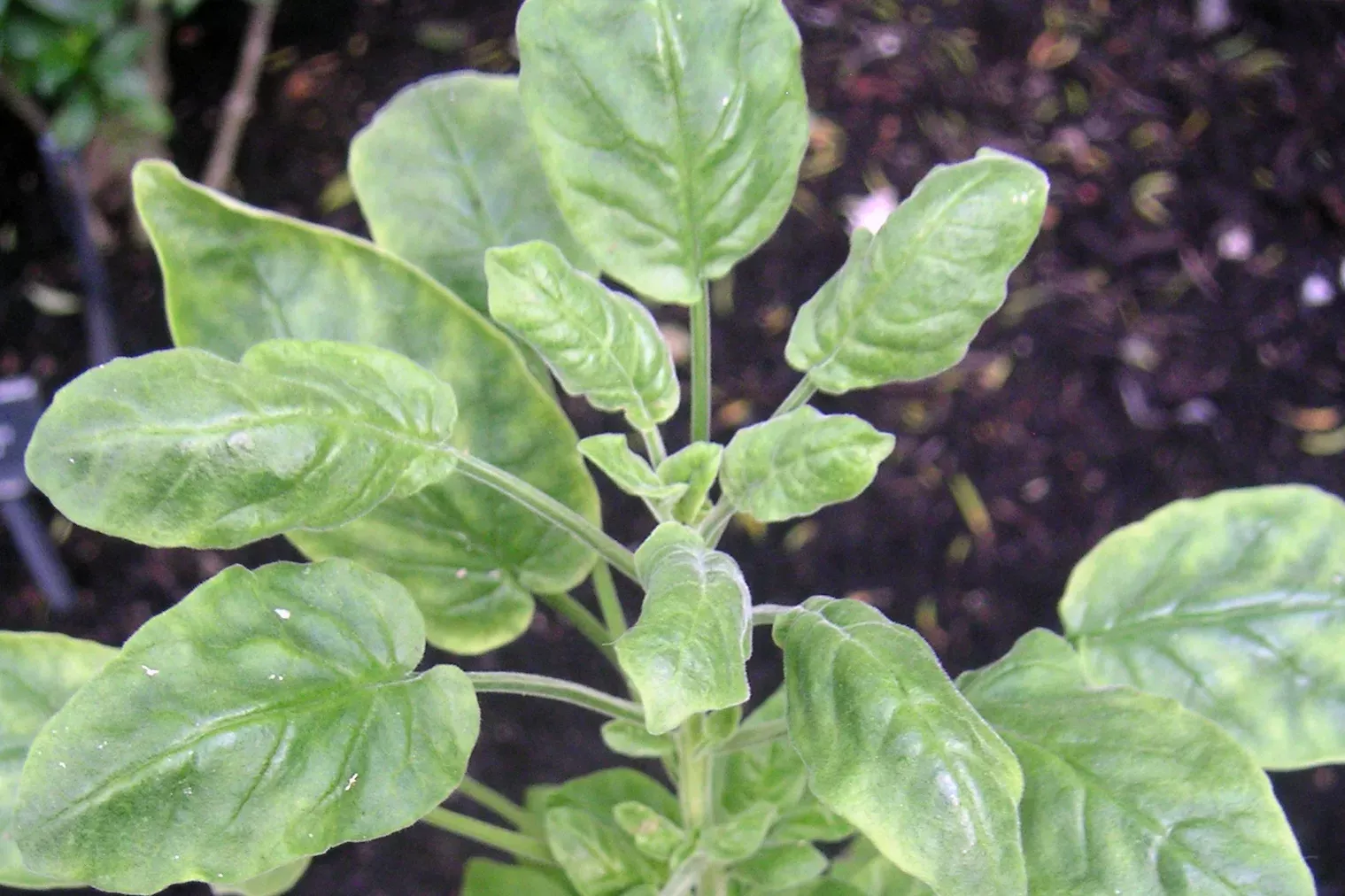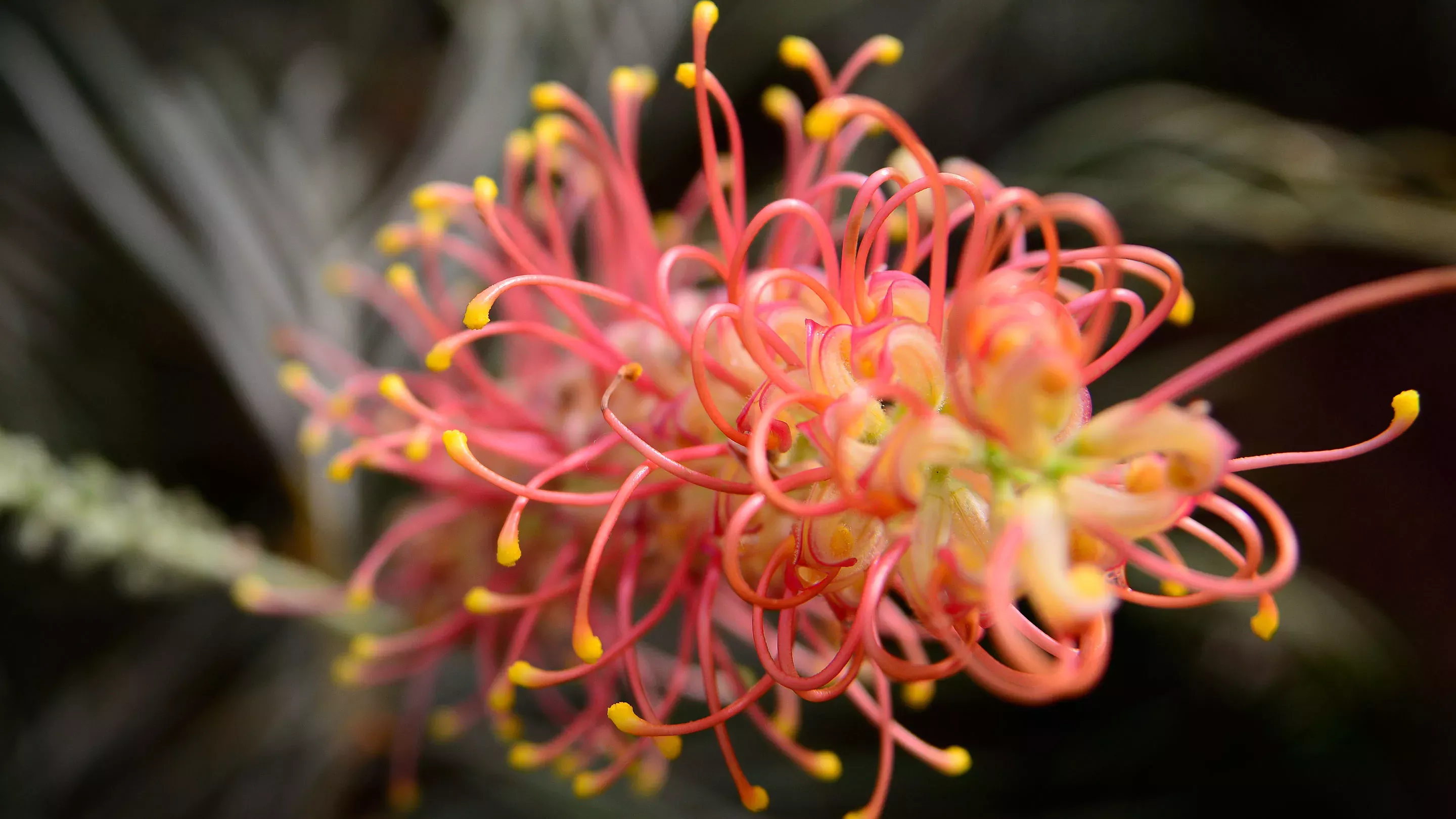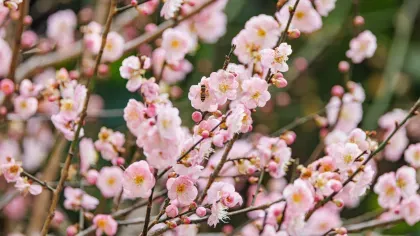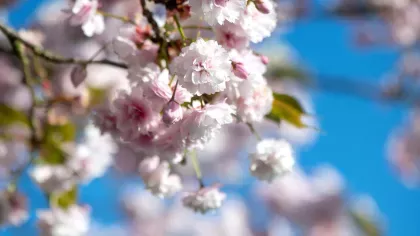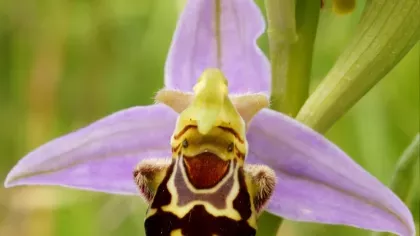3 July 2019
Top plant picks: Kew scientists reveal their favourites
From a poke-me-boy tree to a scribbly gum, our scientists share which plants they love the most and why.

Fever tree (Cinchona)
Professor Alexandre Antonelli, Director of Science
'One of my favourite plants is the fever tree (Cinchona), which was discovered by native Americans in South America and became very popular in the 17th century.
'The tree produces quinine, which was the only effective medicine against malaria used globally for several centuries and still remains an important anti-malarial drug today.
'Quinine and related alkaloids are known to be produced by many species in the genus Cinchona and its relatives in the Cinchoneae tribe of the coffee family Rubiaceae.
'Considering this group’s high species diversity and wide distribution, we want to settle one of the long-standing questions in the use of traditional plant knowledge – did the historical plant collectors succeed in locating the species with the highest concentrations of quinine, or are there still species to be discovered that produce more quinine or perhaps different alkaloids that are even more effective in treating malaria?
'Our research will revisit and settle one of the most compelling stories in the use of traditional plant knowledge and potentially provide new solutions to combat the malaria parasites resistant against current drugs.'
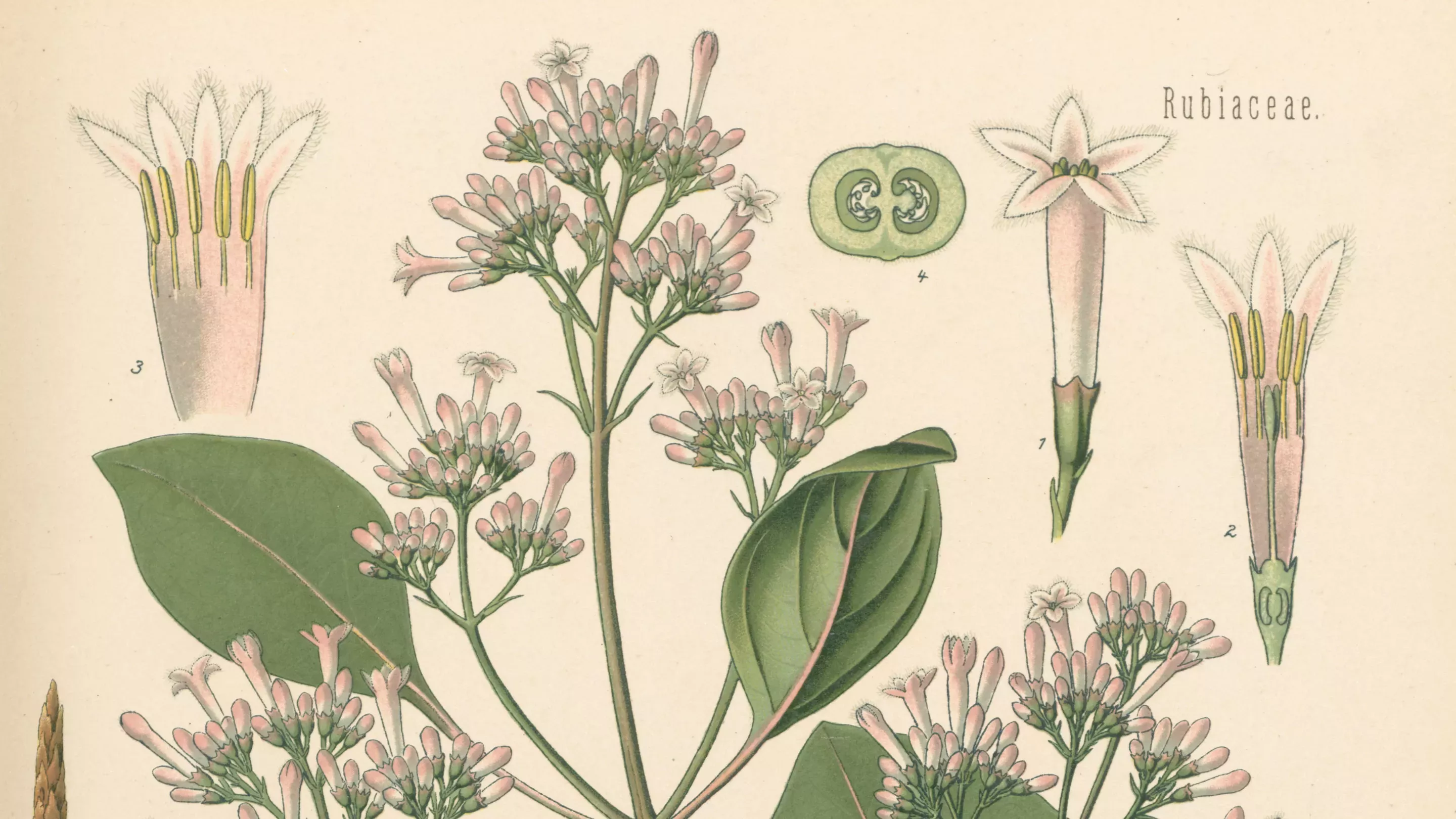
Glorybower (Clerodendrum)
Dr James Wearn, Strategic Operations Manager and Tropical Botanist
'My mother tells me that I was uttering plant names in Latin before the age of two – little wonder that I joined Kew.
'My favourite plant, or rather group, came much later, on arrival at Kew in 2008. They are called the ‘glorybowers’ (the genus Clerodendrum in the Lamiaceae or mint family).
'I came to work for the Keeper of the Herbarium to investigate the Clerodendrum plants of Southeast Asia and, for me, they ticked all the boxes – florally beautiful and so harnessed for horticulture, biochemically active with long-standing roles in ethnomedicine, substantial colonising ability over bare ground, and interesting ecological interactions, especially with insects.
'On top of that, I have been intrigued by their use in magical practices, in particular to ward off evil spirits.'
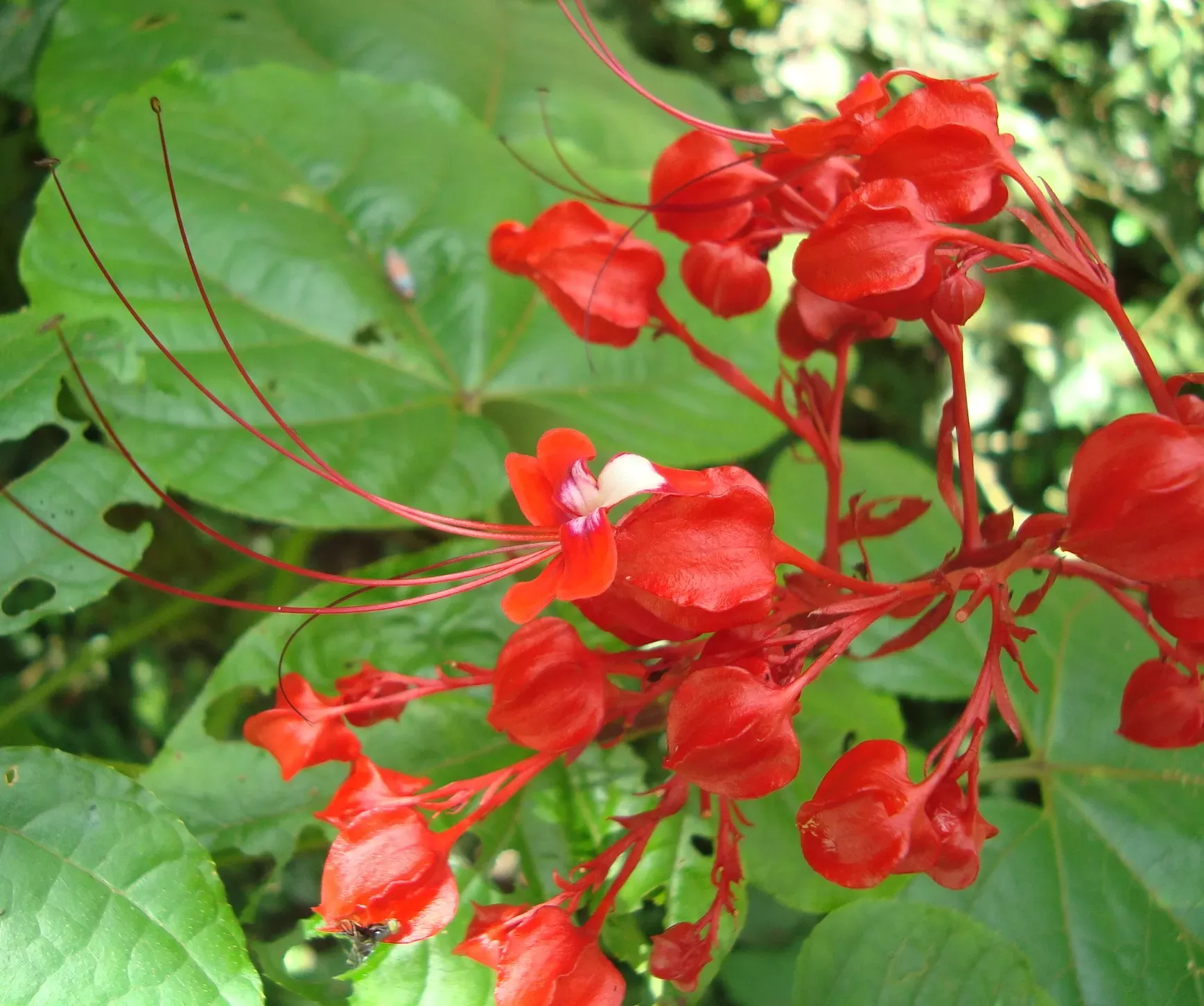
Poppies to Carambola
Ian Ondo, Spatial Analysis and Data Science Research Assistant
'Picking my favourite plant is hard because each plant has its own meaning. I could pick poppies because my favourite colour is red. I could choose Rosaceae because who doesn’t love the sweet taste of ripe strawberries? I could also select Carambola as it reminds me of my childhood in Gabon.
'Admittedly, I don’t have green fingers. So, at home I would choose plants that have the best chance of survival with me. Cacti?
'Picking a favourite plant reflects personal tastes, desires to remember old memories or how dedicated we are towards caring for and growing them.'
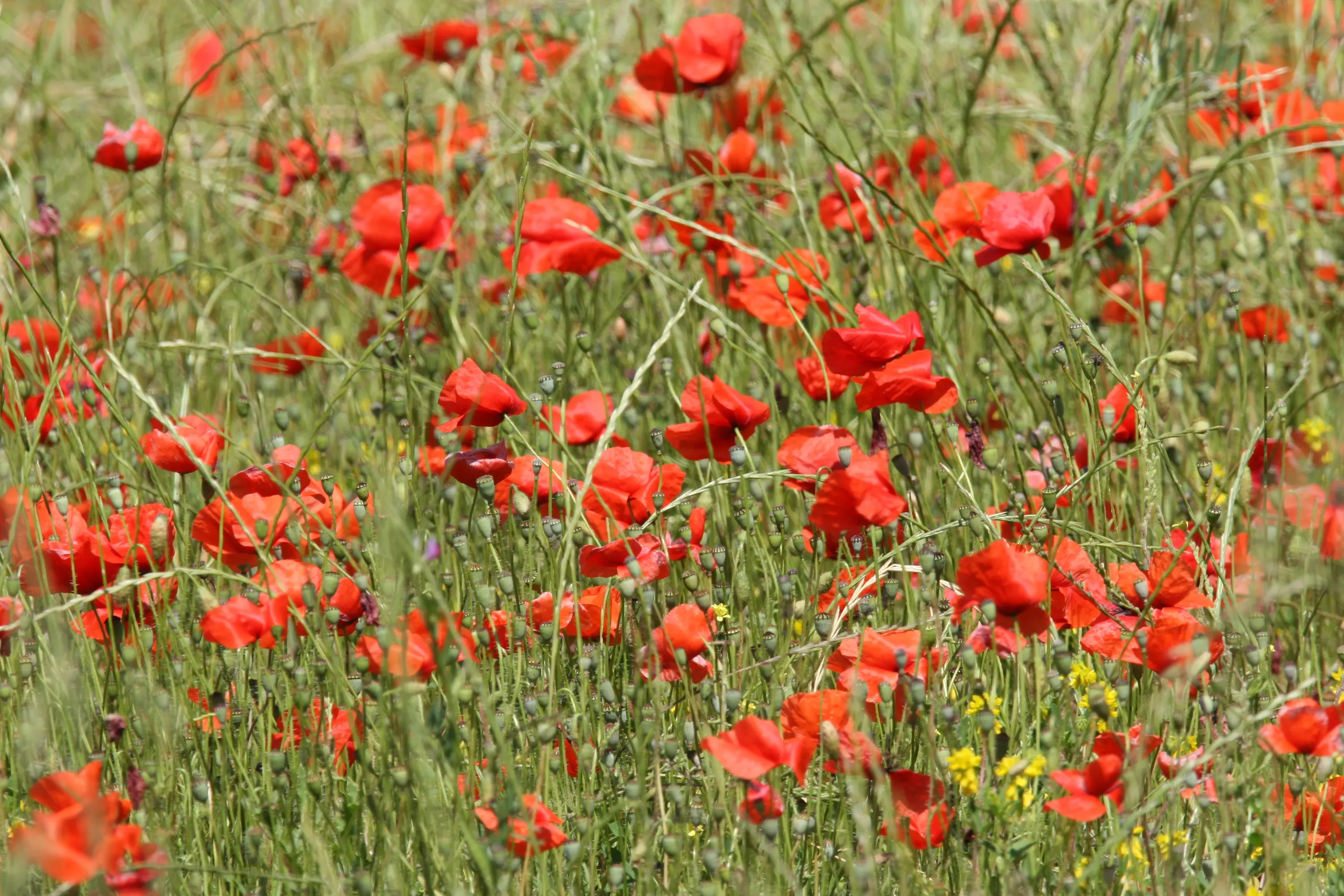
Tulipa eichleri
Rafaël Govaerts, Senior Content Editor, Plant and Fungal Names
'Beauty through simplicity, that is what tulips are great at and Tulipa eichleri is my favourite plant because of that.
'No sepals, petals or bracts, just five simple tepals. When closed at night their shape is exquisite like a Christmas present with a bow on top. When they open in the daytime, the glossy scarlet inside of the flower brightens up early spring.
'So it's not surprising that such beauty led to irrational speculation and tulipomania in Holland, resulting in the first stock market bubble and subsequent crash.
'This taxon is now normally included in T. undulatifolia and it is the most eastern representative of that species. It is very rare in the wild and only occasionally cultivated.'
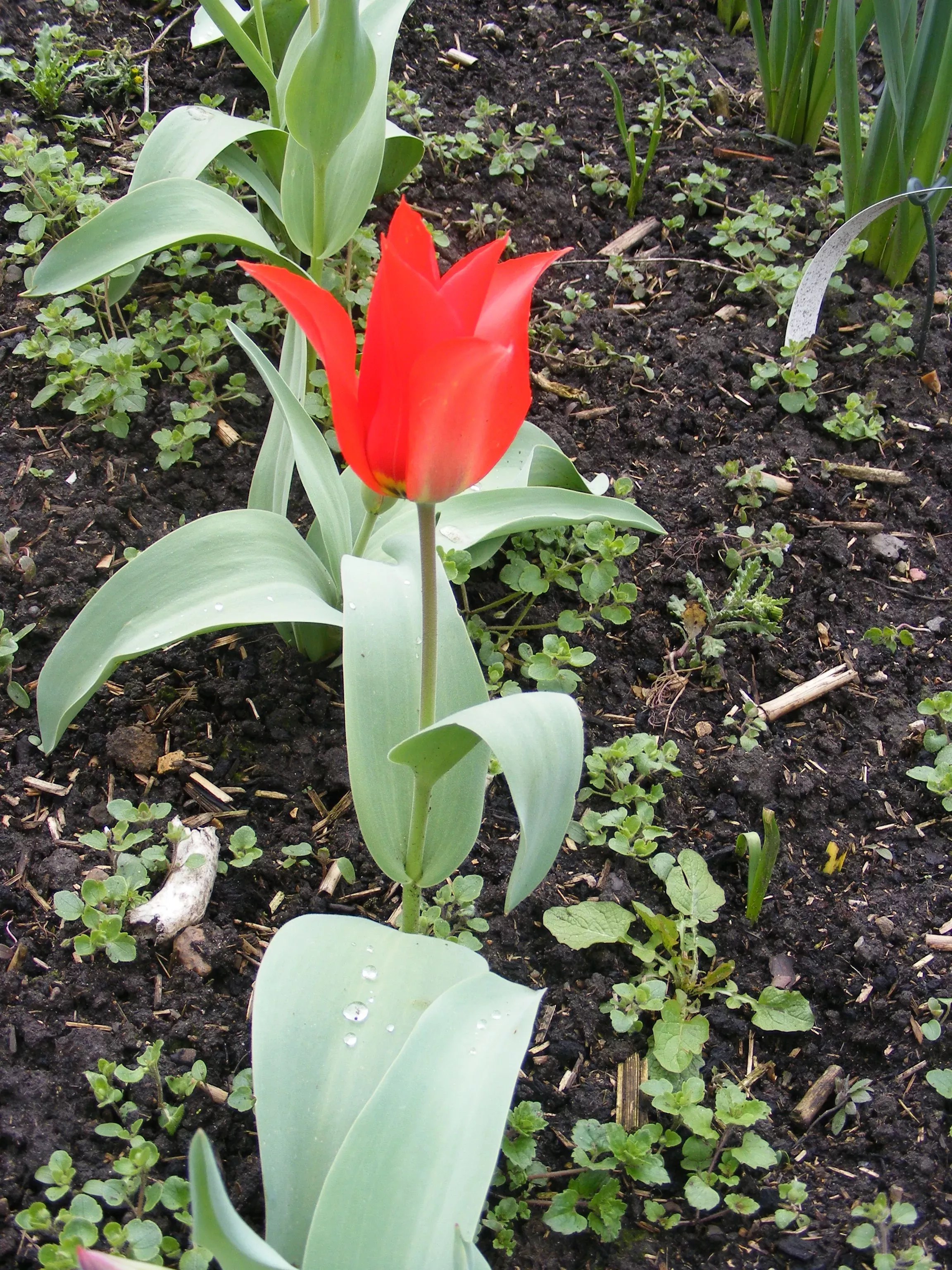
Poke-me-boy tree (Vachellia anegadensis)
Sara Bárrios, Conservation Partnership Coordinator, UK Overseas Territories
'In my daily life I am surrounded by beautiful trees – I work at Kew after all! However, my favourite tree is one that I find when I go on field work to the Caribbean.
'Vachellia anegadensis is a magnificent tree which is unique to the islands of Anegada and Fallen Jerusalem in the British Virgin Islands, a UK Overseas Territory.
'This tree, from the legume family, is locally known as “poke-me-boy” since its bark and branches are covered with sharp spines.
'This species creates a unique habitat that surrounds it, where the local endemic rock iguana (Cyclura pinguis) lives.
'When we are lucky enough to find it flowering, it is always surrounded by butterflies and bees, making the case for why this tree is so important for the surrounding wildlife.
'Although locally abundant on the island of Anegada, the future of this species is not guaranteed. Its main habitat is under extreme pressure by residential and tourism development.
'Conservation work, such as seed collecting and establishing native species nurseries that we do in partnership with our in-country colleagues is vital to guarantee the survival of this species.'
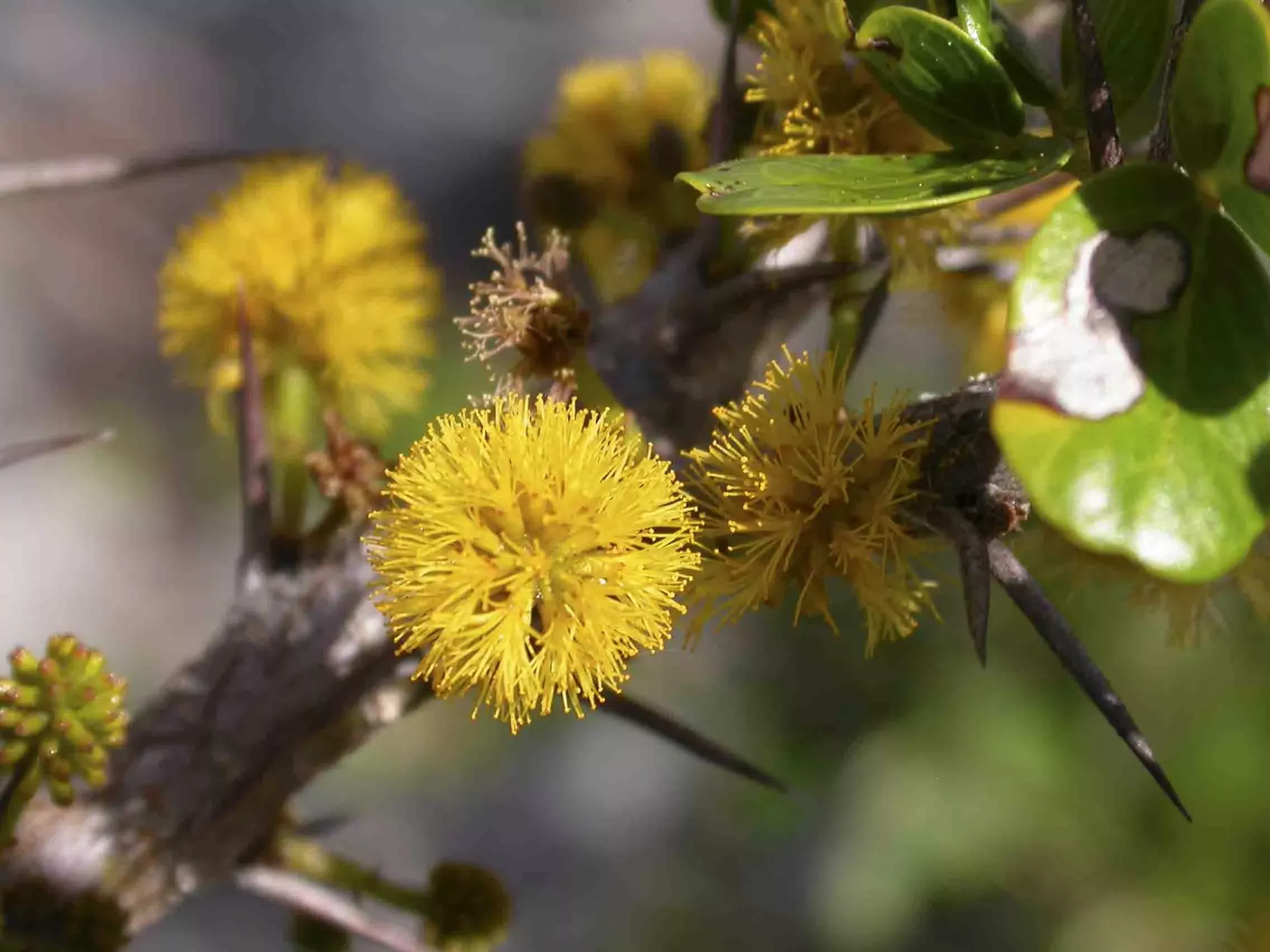
Scribbly gum (Eucalyptus haemastoma)
Dr Alice Hudson, UK National Tree Seed Project Officer
'One of my favourite plants is Eucalyptus haemastoma, an Australian gum tree commonly known as scribbly gum.
'This species grows up to 15m tall and can be found in dry sclerophyllous woodlands around Sydney, New South Wales.
'It gets its common name from the bark of the tree which looks like someone has scribbled all over it. These markings are actually formed by the larvae of the scribbly gum moth (Ogmograptis spp.) that burrows within the bark. As the outer layers of the bark fall off they reveal more “scribbles”.'
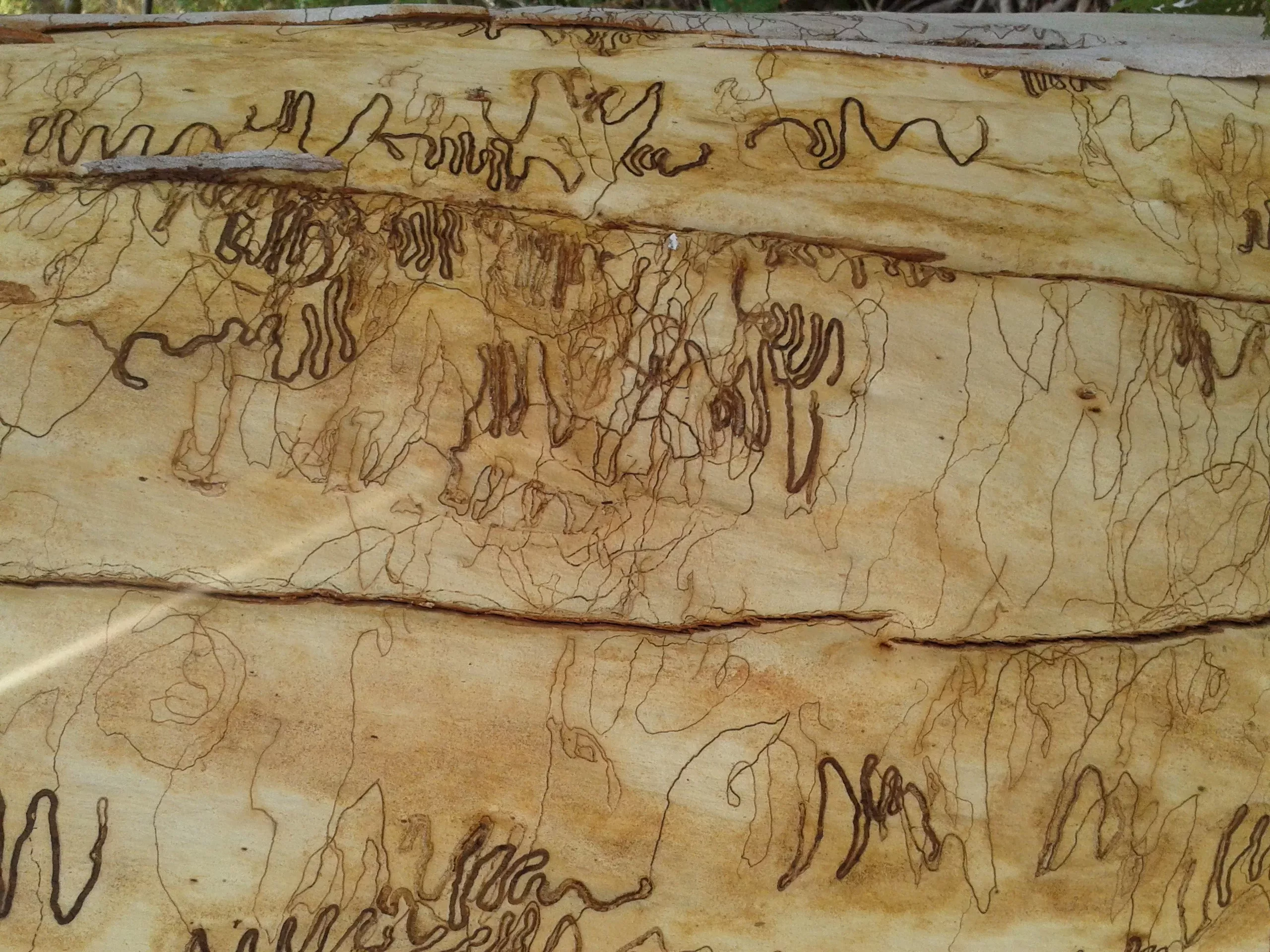
Yellow early marsh-orchid (Dactylorhiza incarnata ssp. ochroleuca)
Dr Viswambharan Sarasan, In Vitro Biology Research Leader
'The yellow early marsh-orchid (Dactylorhiza incarnata ssp. ochroleuca) is a distinctly creamy yellow subspecies of early marsh-orchid. It's one of the rarest native orchids.
'In the past it was found in several calcareous fens of Suffolk's Waveney Valley, but is now threatened with extinction. Currently only two small colonies are left in the wild in Suffolk and Cambridgeshire. Less than 20 plants were recorded in the last three years from these sites.
'Although new seedlings appeared for the first time at three other sites in the last few years they failed to establish successfully.
'The current work under way at Kew, jointly with Plantlife and funded by Natural England, to produce symbiotic seedlings (with compatible mycorrhizal fungus) is reaping rewards. This will potentially lead to thousands of seedlings being introduced back into the wild.
'Currently the plants in the wild are not accessible for the public to see them, but this could change with reintroduced colonies of this beautiful orchid in the coming years.'
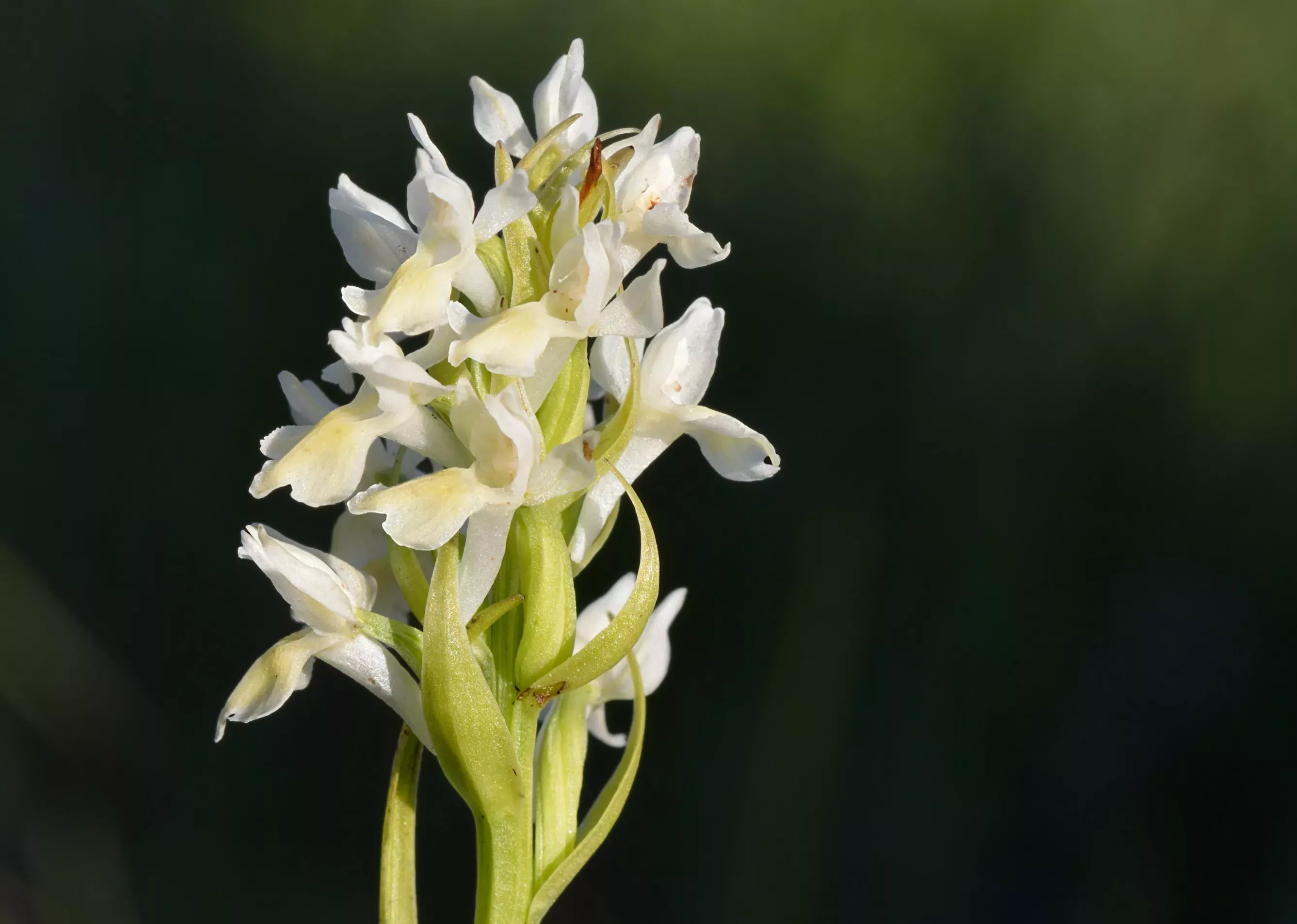
Ceiba tree
Nicky Biggs, Assistant Curator, Americas
'I first encountered a Ceiba tree on a trip to Belize in 2005. I was with the MSc students from Edinburgh Botanic Garden and as a treat on the last days of a two-week plant identification course we were taken to Caracol, an ancient Maya archaeological site.
'The Ceibas here were enormous with large buttressed trunks some 3m or more in diameter (they can grow to 60m high).
'The Mayans believed that the souls of the departed could only reach heaven from the highest branches of a Ceiba tree.
'Looking upwards into the huge umbrella-like crown I could see that each branch was home to a myriad group of other plants: ferns, orchids, bromeliads, peperomias; a whole other habitat world. I could imagine the birds, frogs and insects that lived among this world.
'The Ceiba or kapok tree is most well known for the fine, silky fibres that surround the seed. The fibre is water resistant, and was once used as a filling in buoyancy aids during World War II, replacing cork as the kapok was more comfortable and flexible.
'It has since been replaced by modern synthetic material but as a kayaker I like to think of people's lives being saved by the Ceiba fibres.
'According to one source, Ceibas can live up to 300 years in the wild.'
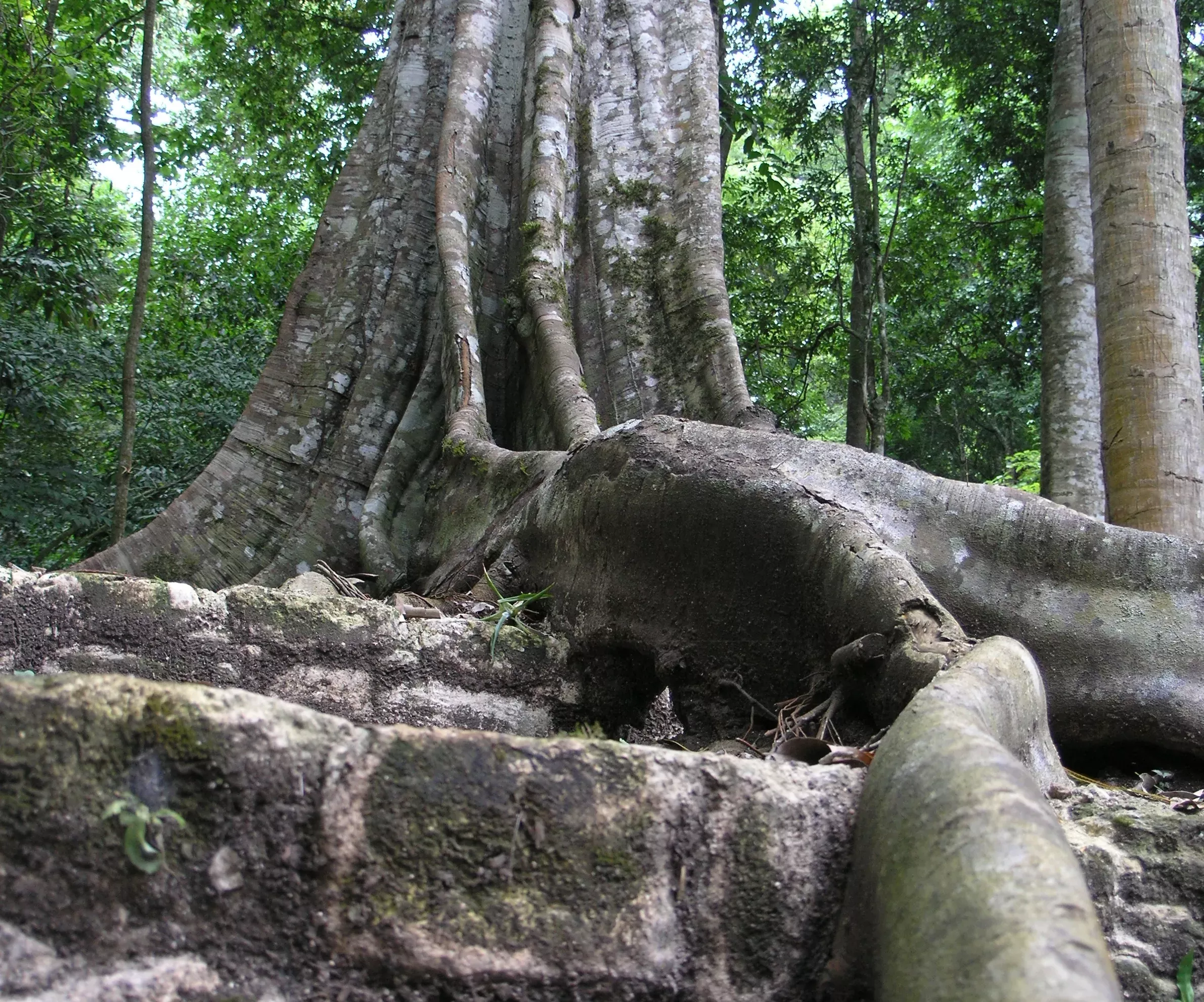
Japanese canopy plant (Paris japonica)
Dr Ilia Leitch, Assistant Head of Comparative Plant and Fungal Biology
'While the Japanese canopy plant, Paris japonica, may be notable to some for being a striking rare native of Japan, it is my favourite plant for a very different reason – the staggering amount of DNA it contains within each cell.
'All organisms contain DNA and this provides them with the book of instructions to tell them how to live and survive in this world.
'Inside each of our own cells (typically a tenth the diameter of a human hair) is enough DNA that if unwound would stretch 2m.
'While we may wish to think this is a lot, it is actually rather little compared to Paris japonica which has 50 times more DNA in each cell, stretching 100m if unravelled (that’s twice the height of the Kew Pagoda and 5m more than the tower of Big Ben).
'Every time I think of it, my mind boggles as to why Paris japonica has so much DNA – what does all the DNA do? And what impact does it have on the plant, when some can survive very happily with tens to thousands of times less DNA, like ourselves?
'Luckily this is the focus of my research at Kew and I never tire of trying to make sense of these perplexing questions.'
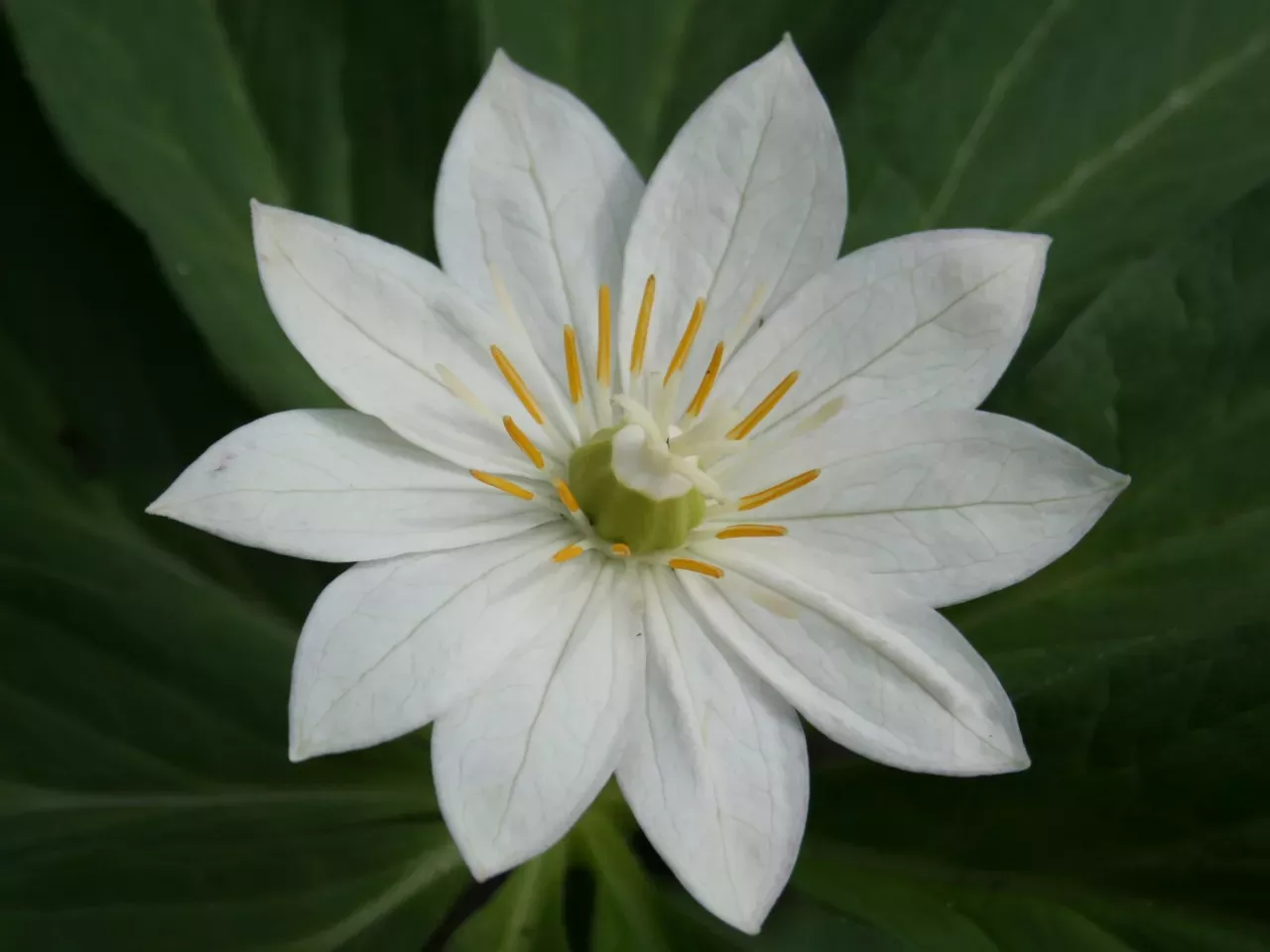
St Helena boxwood (Mellissia begoniifolia)
Vanessa Barber, Scientific Project Manager, PAFTOL
'The world’s herbaria collectively house millions of diverse plant specimens, including endangered or extinct species and type specimens, and Kew’s Herbarium is no exception.
'Until recently, unlocking genetic data from the typically highly degraded DNA obtained from herbarium specimens was very challenging.
'But with the arrival of next generation sequencing (NGS) approaches – methods that use modern sequencing technologies for quicker and cheaper sequencing of DNA – which can be applied to low quantities of severely fragmented DNA, this has now become possible.
'Many of PAFTOL’s samples come from Kew’s Herbarium. The oldest we’ve sampled to date comes from a species of critically endangered boxwood, Mellissia begoniifolia, collected in 1815 from the island of St Helena, in the South Atlantic Ocean.
'In fact, this specimen was collected the same year that Napoleon was exiled to that very island, 204 years ago.
'Incredibly, given its age, we successfully retrieved 47 of the 353 targeted genes.
'Mellissia begoniifolia occurs only on St Helena. By 1875 it had greatly declined in numbers, possibly because it occupied a difficult habitat with poor, dry soils and was affected by insect pests and introduced grazing animals.
'Though the wild population fluctuates, in 2016 there were just four individual plants left in the wild. Conservationists at Kew and on St Helena are now working hard to bring St Helena boxwood back from the brink of extinction.
'It's amazing that we can now use NGS approaches to tap into herbarium specimens, like M. begoniifolia, and unlock these genomic treasure troves.
'This not only adds value to these historical specimens previously thought inaccessible by molecular researchers but could also provide us with valuable new insights into the evolutionary relationships between plants.'
